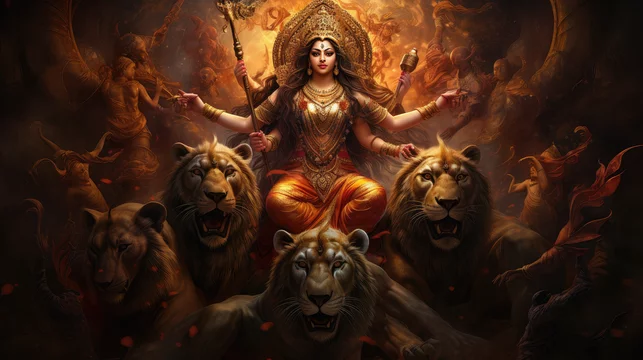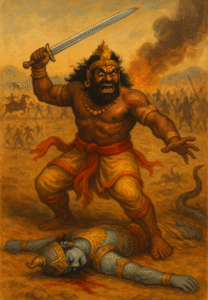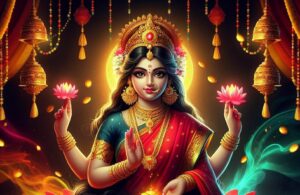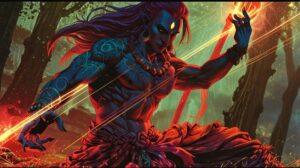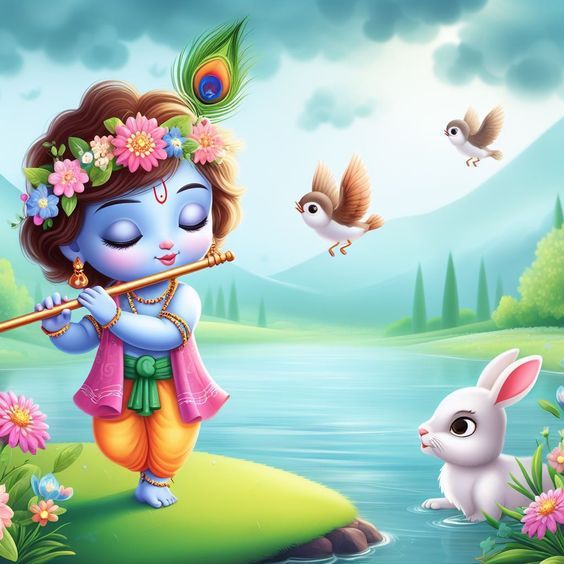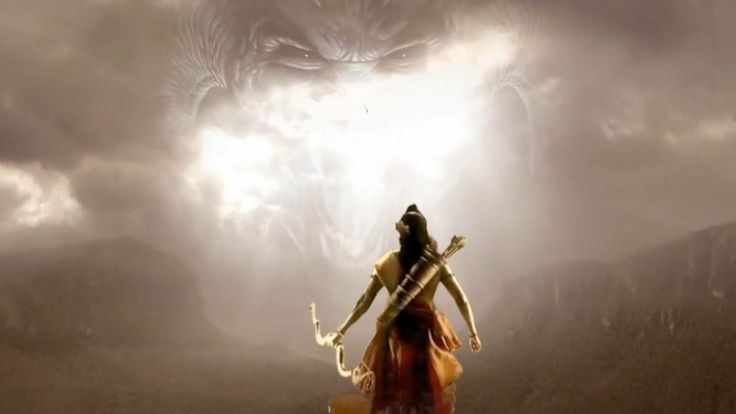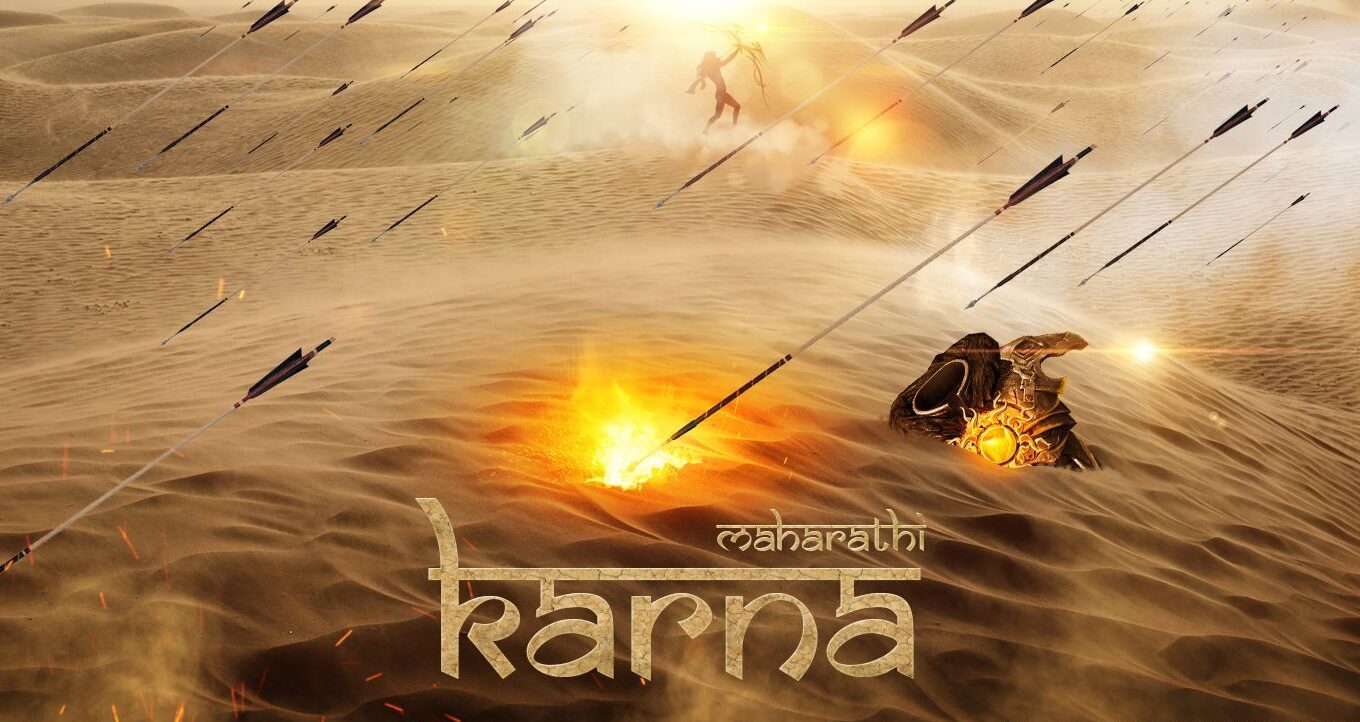Goddess Navdurga
Goddess Navdurga represents the nine manifestations of Goddess Durga, each embodying different aspects of feminine power and strength. These forms are revered during Navratri, a festival that celebrates the triumph of good over evil and the nurturing aspect of nature12.
Significance of Goddess Navdurga
Spiritual Significance
- Goddess Navdurga is deeply rooted in Hindu mythology and tradition, symbolizing protection, love, prosperity, and knowledge45.
- Each form of Navdurga offers unique blessings and protection to devotees, empowering them with bravery and fearlessness4.
Cultural Significance
- The worship of Goddess Navdurga is a celebration of feminine power and strength, reflecting the evolution of women’s roles in society1.
- Navratri, during which Navdurga is worshipped, marks significant seasonal changes and is a time for spiritual reflection and fasting1.
The Nine Forms of Goddess Navdurga
Shailputri
- Shailputri is the first form of Goddess Durga, worshipped on the first day of Navratri. She is known as the daughter of the Himalayas, symbolizing innocence and potential. Shailputri rides a bull and carries a trident and a lotus, embodying the power of Brahma, Vishnu, and Shiva12.
- Significance: She represents the innocence of childhood and the strength to overcome challenges.
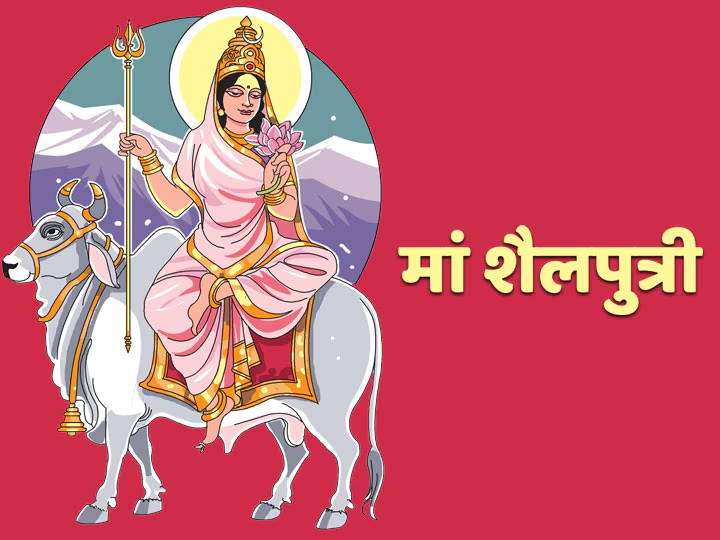
Brahmacharini
- Brahmacharini is the second form, worshipped on the second day. She is depicted holding a rosary and a water jug, symbolizing spiritual growth and the pursuit of knowledge12.
- Significance: She represents the path to emancipation and the importance of penance.

Chandraghanta
- Chandraghanta is the third form, known for her crescent moon on her forehead. She is revered for her bravery and strength in battle, often depicted riding a lion12.
- Significance: She represents courage and the ability to overcome obstacles.
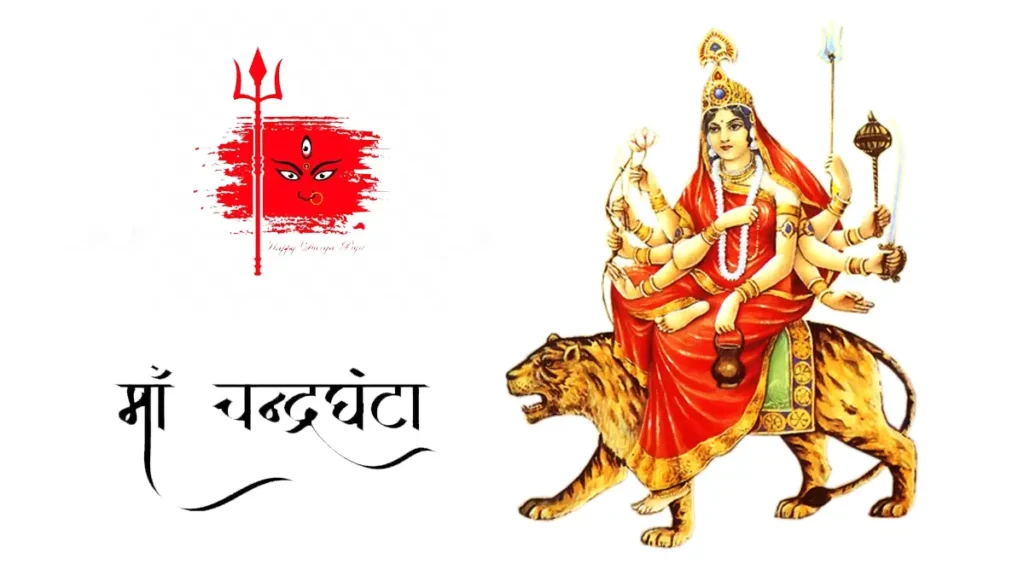
Kushmanda
- Kushmanda is the fourth form, worshipped on the fourth day. She is considered the creator of the universe, spreading light and energy throughout the cosmos12.
- Significance: She represents creation and the power of light over darkness.
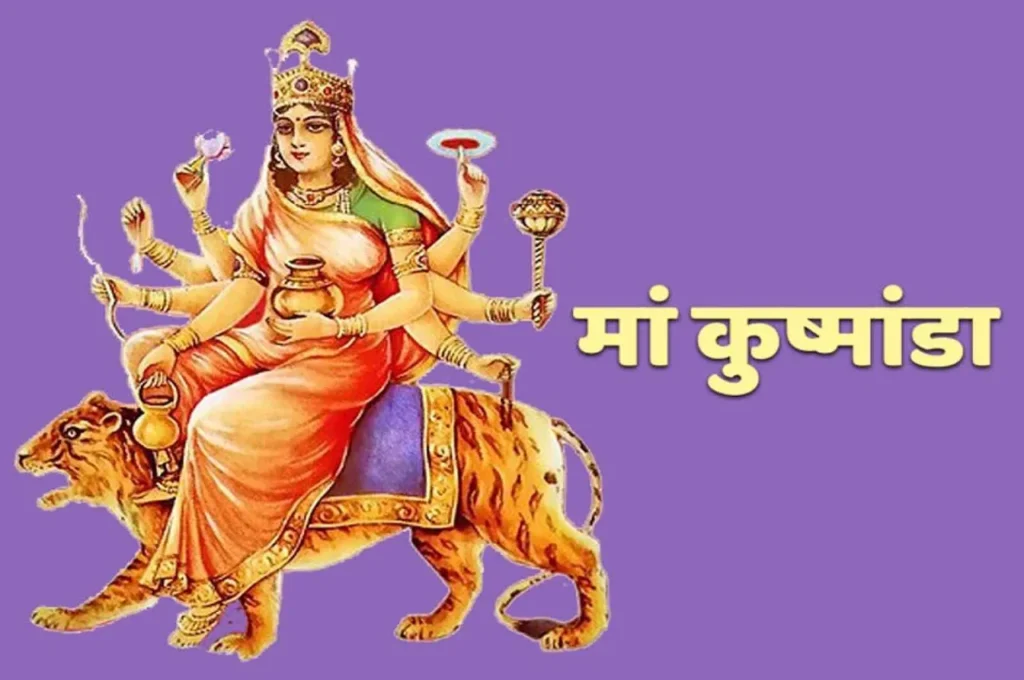
Skandamata
- Skandamata is the fifth form, depicted with her son Kartikeya. She is worshipped for her maternal love and the ability to fulfill desires12.
- Significance: She represents motherhood and the path to spiritual growth..
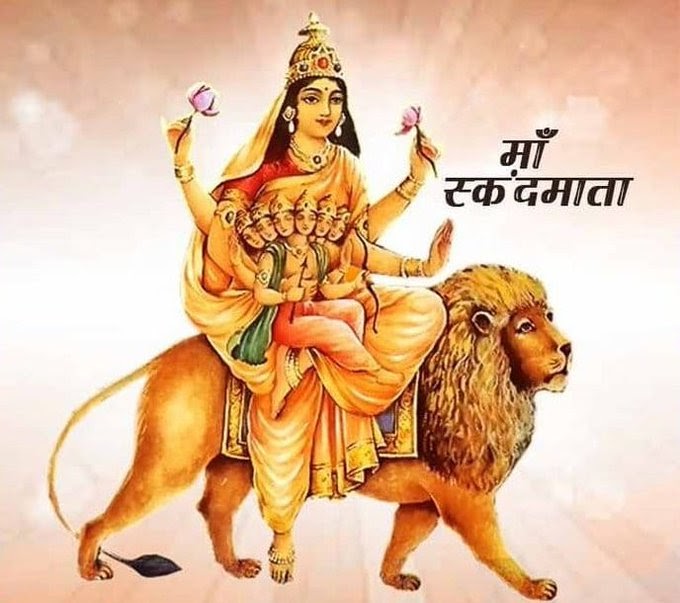
Katyayani
- Katyayani is the sixth form, born to fulfill the wish of sage Katyaayana. She is revered for her strength and bravery, often depicted riding a lion12.
- Significance: She represents responsibility and the importance of standing up for justice.
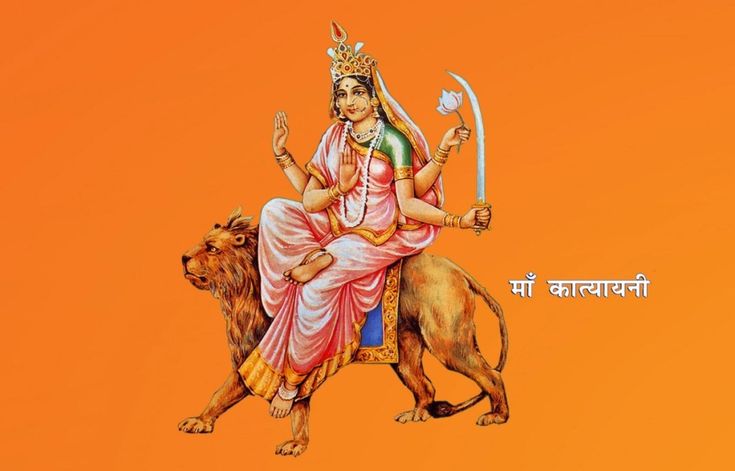
Kalaratri
- Kalaratri is the seventh form, known for her fierce appearance and dark complexion. She is worshipped for her ability to destroy evil and ignorance12.
- Significance: She represents the destruction of darkness and the protection of the righteous.
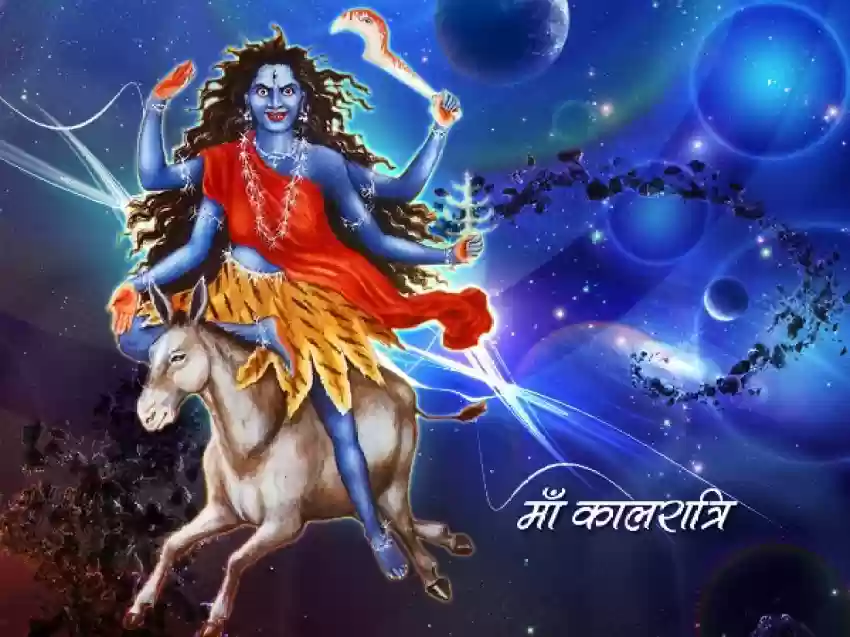
Mahagauri
- Mahagauri is the eighth form, depicted as peaceful and serene. She is worshipped for her beauty and the power to cleanse sins12.
- Significance: She represents peace and the ability to purify the soul.
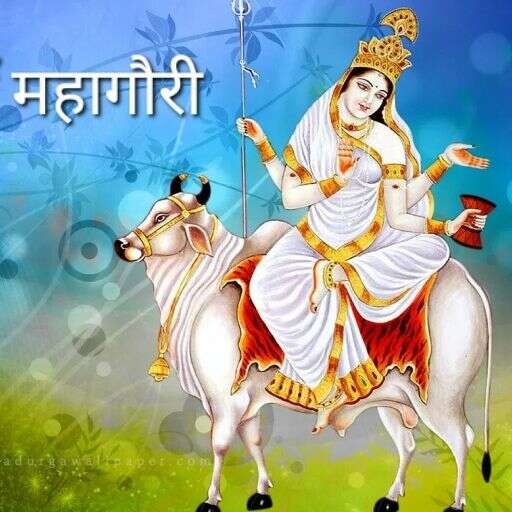
Siddhidatri
- Siddhidatri is the ninth form, known for granting supernatural powers and fulfilling wishes. She is revered for her wisdom and spiritual enlightenment12.
- Significance: She represents the culmination of spiritual growth and the attainment of divine powers.
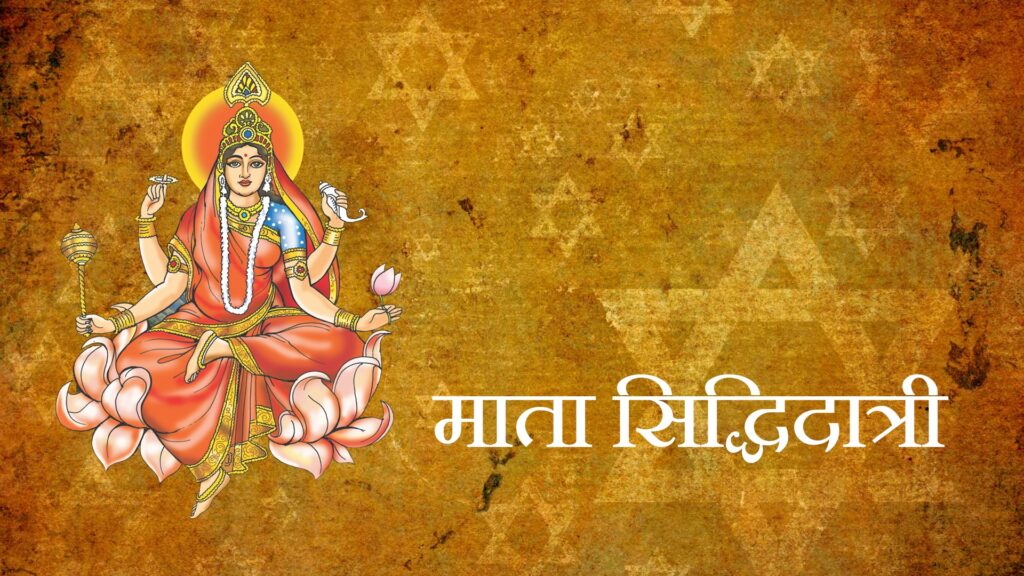
FAQ
Q: What is the significance of Goddess Navdurga during Navratri?
A: Goddess Navdurga during Navratri is significant as it honors the nine forms of Goddess Durga, symbolizing the triumph of good over evil and the celebration of feminine power.
Q: How is Goddess Navdurga worshipped?
A: Goddess Navdurga is worshipped by honoring each of her nine forms over nine days during Navratri, through rituals, prayers, and offerings.
Q: What does Goddess Navdurga represent?
A: Goddess Navdurga represents protection, love, prosperity, and knowledge, embodying the diverse aspects of feminine power and strength.
Q: Can Goddess Navdurga be worshipped at home?
A: Yes, Goddess Navdurga can be worshipped at home during Navratri, though it is commonly conducted on a larger scale in temples and spiritual communities.

